Fox News Flash top headlines for February 6
Fox News Flash top headlines are here. Check out what's clicking on Foxnews.com.
A common party favor may be turning into a handy U.S. military tool.
Researchers at the University of Houston have discovered how glow sticks can be used in the testing and detection of biothreats.
Glow sticks have proven to be more than the fun, colorful wands often worn as bracelets and necklaces at parties, per the discovery of Dr. Binh Vu, a research associate professor of chemical engineering at the University of Houston.
FDA APPROVES FIRST STERILE AT-HOME INSEMINATION KIT TO HELP WITH INFERTILITY: ‘GIVES ME GOOSEBUMPS'
In an interview with Fox News Digital, Vu said the idea first came to him during bath time with his then 2-year-old son, who was pretending to play "volcanoes" with glow sticks in the water.
"I turned off the light, and it was very bright," he said. "I figured out, in doing diagnostics, that this could be a very good recorder."
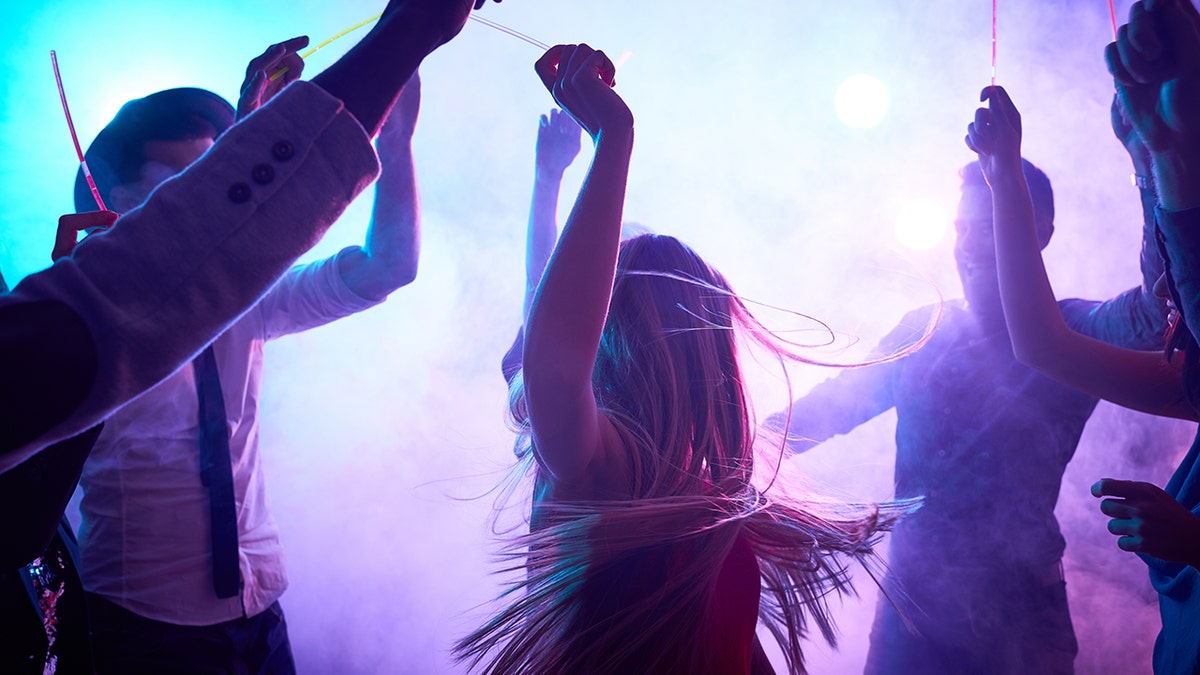
The U.S. Navy plans to try out new glow stick technology in the detection of biothreats. (iStock)
Dr. Katerina Kourentzi, research associate professor of chemical and biomolecular engineering at the University of Houston, joined Vu to help develop the new technology.
"We tried it out, and it works," Vu said.
Making it glow
The reaction inside glow sticks occurs when they’re agitated, or "cracked," Kourentzi told Fox News Digital.
This reaction "excites nearby dye," giving glow sticks their individual, bright colors — but also illuminating bio-targets, she said.
FREE COVID TESTS COMING TO US SCHOOLS, SAYS FEDERAL GOVERNMENT: ‘PREVENTING THE SPREAD’
When the same acid is applied to a rapid test, much like a pregnancy test or COVID-19 test, any present proteins or toxins are easily detected.
The university researchers developed their prototype of a lateral flow test, where the results picked up multiple targets that light up in an assigned color.
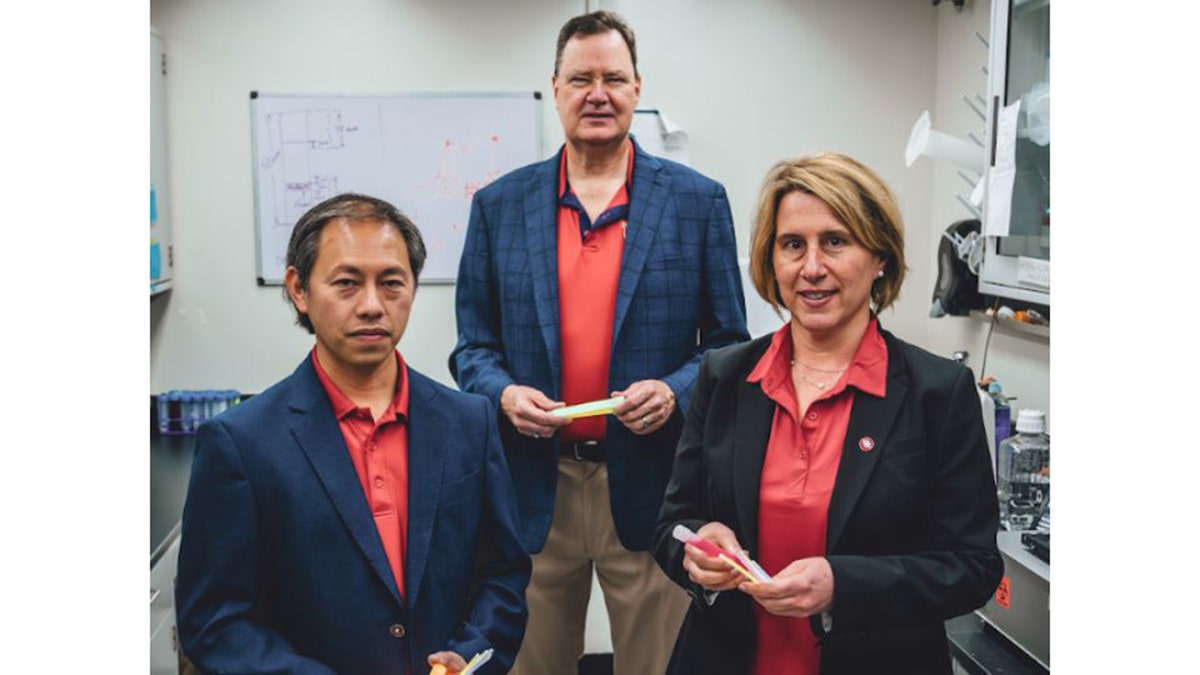
Left to right, Drs. Binh Vu, Richard Willson and Katerina Kourentzi of the University of Houston worked on the glow stick project. (University of Houston)
The test involves swabbing an area and applying it to the test "cassette," which is then activated with drops of liquid glow reagent.
The cassette is then placed inside a 3D-printed "dark box," where a camera or smartphone can detect the light.
"They’re literally glowing, but the end user will see the result – positive [or] negative," Kourentzi said.
OVARIAN CANCER TREATMENT ON FAST TRACK FOR FDA APPROVAL AS CHEMO ALTERNATIVES EMERGE
The results can be viewed within 15 minutes via a smartphone app, which analyzes the test and provides calculations, according to Kourentzi.
The test design is inexpensive, robust and rugged, Kourentzi said, which is what has excited the U.S. Navy.
"The U.S. Navy is looking for technology that can be deployable," she said. "So, this seemed to be very applicable to their needs."
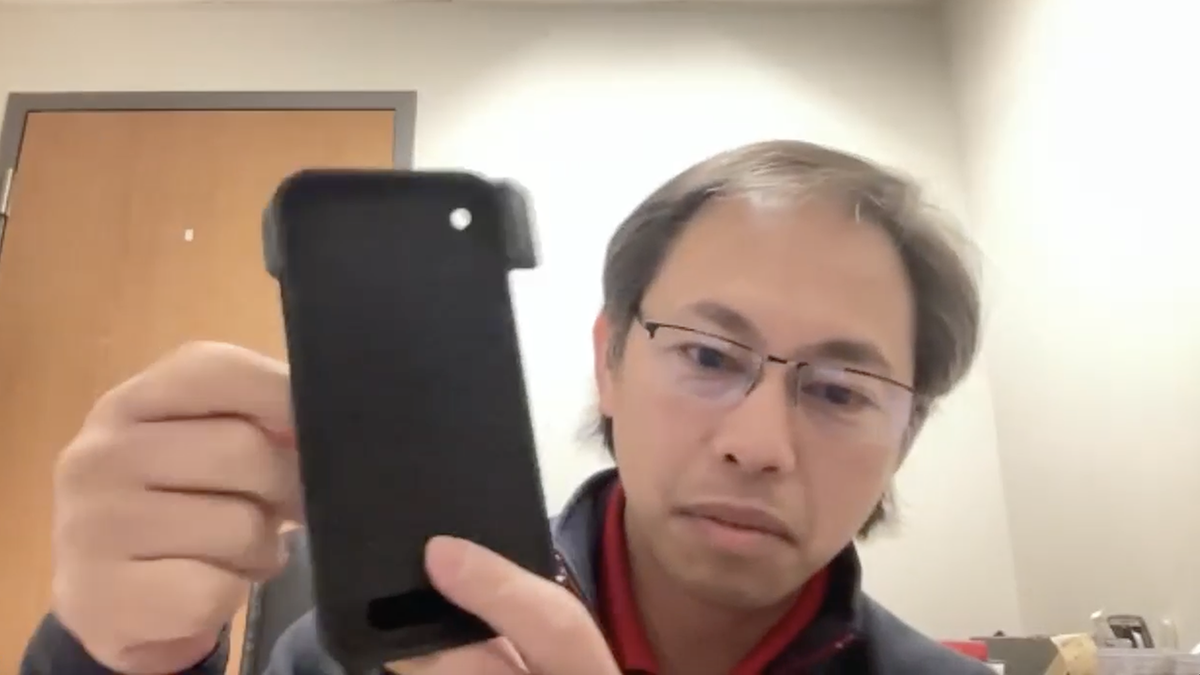
Dr. Binh Vu shows Fox News Digital the "dark box" prototype adapter for biothreat testing. (Angelica Stabile/Fox News Digital)
"We have already confirmed that the technology works, and [now] it's a matter of transition to their actual targets."
Glow sticks in action
In a separate interview with Fox News Digital, Dr. Richard Willson, Huffington-Woestemeyer professor of chemical and biomolecular engineering at the University of Houston, set a scenario for how this could be applied in a military setting.
"[Imagine] some young person, probably in green camouflage, kicks in the door of a shed in rural Afghanistan or rural U.S. and comes into what appears to be a makeshift laboratory," he said.
MARINE VET TOUTS BENEFITS OF PSYCHEDELIC-ASSISTED PTSD DRUGS AS FDA CONSIDERS MDMA APPROVAL
"They’d like to gather intelligence on what's going on there or protect themselves and their teammates from something that could be pretty bad."
This glow stick testing could help identify if there is danger or "actionable intelligence" ahead, Willson added.
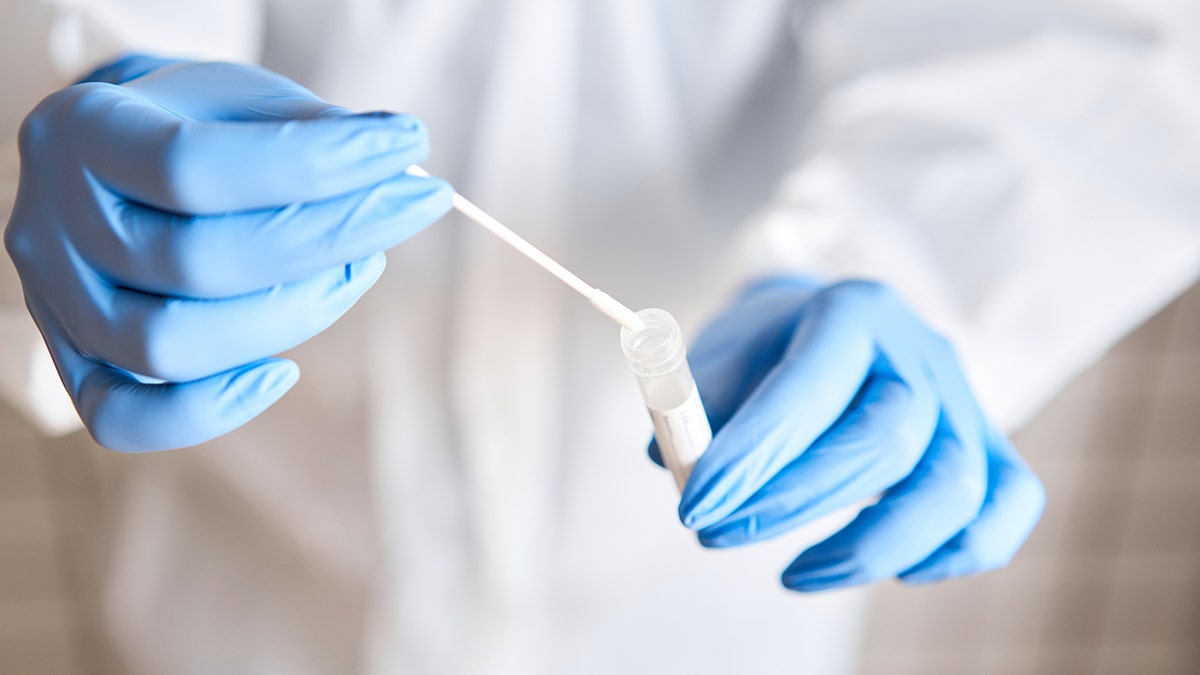
U.S. Navy service members can use the glow stick tests to swab areas of concern or each other, the researchers said. (iStock)
"Or if somebody’s exposed to something … let's swab [their] nose and see what they inhaled," he said. "There can be cases where you want an immediate and very sensitive detection of toxins."
The University of Houston plans to send prototypes to the U.S. Navy within the next few months for the first validation testing, Kourentzi noted.
AI TECH IDENTIFIES SUICIDE RISK IN MILITARY VETERANS BEFORE IT'S TOO LATE
Navy Spokesperson Commander Jessica L. McNulty, U.S. Navy Bureau of Medicine and Surgery, commented on the new technology implementation in a statement sent to Fox News Digital.
(McNulty was not involved in the University of Houston's research.)
"Naval Medical Research Command’s Biological Defense Research Directorate drives scientific innovation that enhances the biodefense posture of the Navy and the Department of Defense," she said.
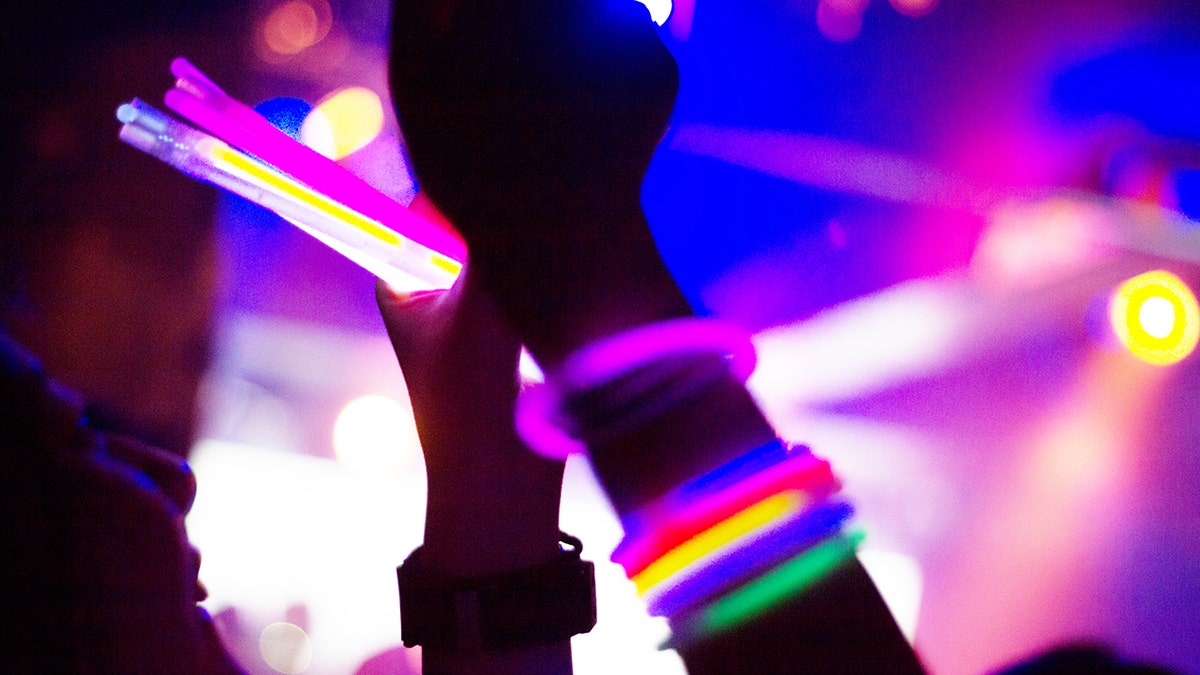
This glow stick testing could help identify if there is danger or "actionable intelligence" ahead, a researcher said. (iStock)
"Through partnership with the University of Houston, Naval Medical Research Command is using its expertise in designing and building handheld antibody tests (lateral flow immunoassays or LFIs) with new fluorescent chemistry to build a more sensitive test for biothreats," McNulty added.
This research collaboration is funded by the Defense Threat Reduction Agency, she said.
Eliminating ‘guesswork’
The Houston researchers emphasized the high sensitivity of glow stick testing compared to other rapid tests.
"You read the signal against the very dark background," Vu said. "So even if you turn up all the lights, you will see it."
Vu added that they "wanted to remove the guesswork from the user, so that’s where the app comes in."
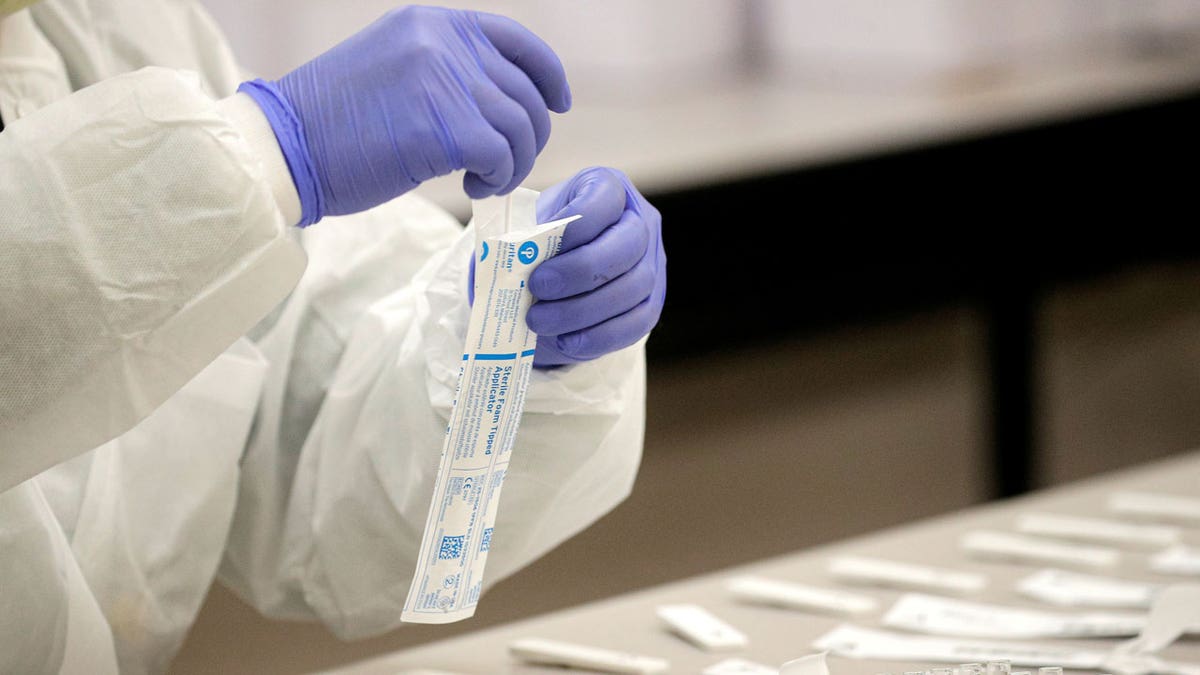
When the same acid is applied to a rapid test, much like a pregnancy test or COVID-19 test, any present proteins or toxins are easily detected. (REUTERS/Brendan McDermid/File Photo)
This guesswork often shows up in rapid testing of COVID and the flu, Willson pointed out.
"My daughter has been a false negative for flu twice," he said. "There are certainly opportunities for improvement."
Compared to the cost and availability of other rapid tests, Willson priced out the dark box at $2 each and the option to purchase a $20 reader in replacement of a smartphone camera — both of which can be reused.
CLICK HERE TO SIGN UP FOR OUR LIFESTYLE NEWSLETTER
"Glow sticks are cheap, and we use less than one glow stick worth of liquid [on each test]," he said.
Willson shared his optimism for the future of glow stick technology, suggesting it could be used as an option in future medical testing.
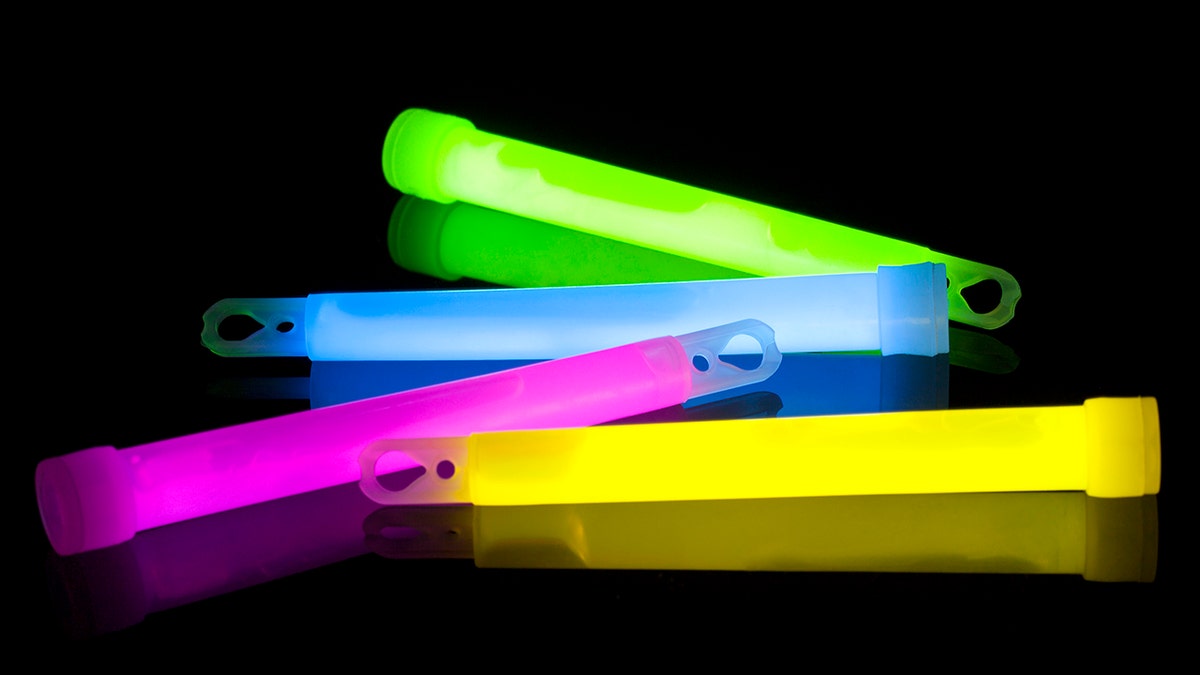
New targets in glow sticks testing could include viruses like COVID-19, flu and RSV in the future, according to one of the researchers. (iStock)
The University of Houston has already received a grant to try out this method in HIV testing.
The glow stick kit also has a long shelf life, Kourentzi mentioned, as the research team's collaborative efforts with Tango Biosciences in Chicago will develop new recognition elements for threats.
CLICK HERE TO GET THE FOX NEWS APP
New targets could include viruses like COVID-19, flu and RSV, as well as other testing for food allergies, veterinary health or environmental contamination, Willson suggested.
"The ideal vision is that we can make a new class of very sensitive tests that can see multiple things at once," he said. "And that could be an at-home or easy clinic test."
For more Lifestyle articles, visit www.foxnews.com/lifestyle.


